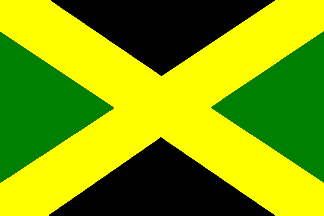
FOTW beschäftigt sich mit der Wissenschaft der Vexillologie (Flaggenkunde).
Alle auf dieser Website dargebotenen Abbildungen dienen ausschließlich der Informationsvermittlung im Sinne der Flaggenkunde.
Wir distanziert uns ausdrücklich von allen hierauf dargestellten Symbolen verfassungsfeindlicher Organisationen.
Last modified: 2018-12-15 by rob raeside
Keywords: westergeest |
Links: FOTW homepage |
search |
disclaimer and copyright |
write us |
mirrors
 by Mark Sensen, 2 May 2001
See also:
by Mark Sensen, 2 May 2001
See also:
The dairy-factory Huisternoord never produced Kollumer cheese.
It was made in Burgum in the Frico-factory, untilthat was closed
down in 2003. Huisternoord produced the cheesebrands Old Amsterdam
and Westlite gemaakt. It also made the green/yellow Maaslander cheese.
It was closed down in 1996.
Pieter Bosch, 22 Aug 2004
![[Westergeest Coat of Arms]](../images/n/nl-fr)wg.gif) from Ralf Hartemink's website.
from Ralf Hartemink's website.
Adopted 6 May 1970.
The colors yellow, green, and black refer to sandy soil, the clay,
and the marshy peat soil (geest) which meet in Westergeest. The
stump in the center of the Coat of Arms is the so-called Kienstobbe, frequently
found in the peat below the grass-fields. The St. Andrew's cross cuts the
Coat of Arms in four quarters, symbolizing the four roads which meet at the village
church.
Hosted by: Fanshop-Online.de und Handy-Shop.de
Tipp: Apple iPhone 12 im Shop